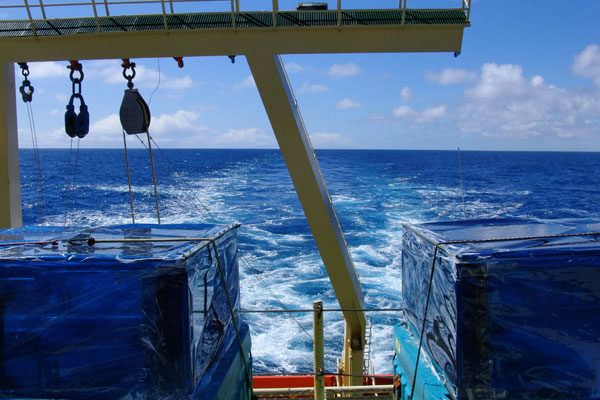Physical oceanography is the exploration and study of the physics of
the ocean. The time scales of interest range from seconds (turbulence)
to centuries (thermohaline overturning circulation). Length scales
range from thousands of kilometers (dimension of ocean basins) to
centimeters (size of the smallest turbulent eddies). Ocean physics
influences ocean chemistry and biology and plays a role in the climate
system of the earth.
Some of the major themes of physical oceanography are the dynamics of
large-scale ocean currents with inter-annual scale variations; the
dynamics of shallow coastal areas and estuaries which vary on smaller
space and shorter time scales; the transport of heat, salt and other
properties by these currents; ocean waves of both large and small
scale which also transport water properties; and technology for
observation and numerical modeling of these processes.
The exchange of momentum, heat, freshwater and gases between the
ocean and the atmosphere, and the interactions between oceans and
rivers, estuaries, sea and terrestrial-ice and marginal seas are also
part of the study of physical oceanography. Insights from physical oceanography has important applications in global climate, oceanic mixing, and coastal studies, as well as being a key element in interdisciplinary studies of primary production,
hydrothermal vents, and oceanic flux and storage of carbon dioxide.
|
 |
|
